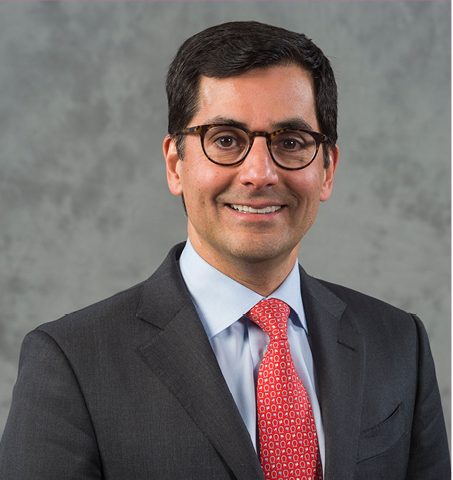The Appropriate Use Criteria (AUC) are evidence-based guidelines that allow consultation at the point of ordering. The history of AUC can be divided into three periods: pre-PAMA (1992–2014), early post-PAMA (2015–2019), and late post-PAMA (2020 onward).
Pre-PAMA (1992–2014)
In the April 2019 issue of the ACR Bulletin, I wrote about the pre-PAMA history of the AUC.1 In the early 1990s, during former President Bill Clinton’s first term, healthcare reform was a main focus — of his administration and of the federal government. All solutions were on the table. In 1993, during testimony before the House Ways and Means Committee, the former ACR BOC Chair K. K. Wallace Jr., MD, pledged that the ACR would take the lead in developing AUC to help ensure appropriate imaging. By the late 2000s, a comprehensive set of criteria had been developed, and by the early 2010s it was digitized and made ready for greater integration into clinical practice. This readiness prompted legislative action to require AUC consultation in clinical practice.
Early Post-PAMA (2015–2019)
PAMA became law in 2014. And starting in 2015, the law and subsequent regulations provided a mandatory framework for AUC implementation within Medicare. Full implementation was required by Jan. 1, 2017. The legislation requires the identification of provider-led entities (PLEs)and clinical decision support mechanisms (CDSMs)It also provides a general sketch of claims-processing mechanisms. The mandatory identification of outliers for subsequent prior authorization was described. The 2017 deadline was not met. As of late 2019, the updated timeline is as follows:
- An education and testing period starting Jan. 1, 2020 (payment not at risk)
- Full implementation by Jan. 1, 2021 (payment at risk)
Claims guidance has been provided along the way, including the voluntary use of the QQ modifier in 2018 and 2019 and the use of CDSM specific G-codes and consultation-specific modifiers in 2020.2,3
The early post-PAMA period has also been characterized by resistance to the AUC mandate, both from inside and outside the radiology profession. Moreover, there are indications from CMS that the required claims-processing procedures will not be ready for full implementation by 2021. Policymakers have made it clear that, even with the anticipated delay, their general commitment to AUC
within the Medicare program remains strong. The anticipated delay brings the opportunity for further review of the program by all affected stakeholders.
Policymakers have made it clear that, even with the anticipated delay, their general commitment to AUC within the Medicare program remains strong.
Late Post-PAMA (2020 onward)
As we enter the late post-PAMA period, it is worth acknowledging that PAMA is a law. Any structural changes proposed by the ACR or other stakeholders will require legislative action. Our existing offerings are quite workable. But, what are the challenges and opportunities for respective stakeholders, such as ordering physicians, radiologists, and patients?
- Ordering physicians are overwhelmed by excessive regulatory burden, such as pre-authorizations (within and outside imaging), and by excessive documentation requirements. Any AUC policy updates must further enable seamless integration into clinical workflow at the point of their EHR interface.
- PAMA requires ordering physicians to consult AUC but does not impose financial risk on that group for shortcomings. Rather, it is the radiologists who bear 100% of the financial risk (non-payment). This has proven to be a challenge in gaining collective system and institutional buy-in from both ordering and furnishing professionals. Any subsequent evolution of the AUC requirements may need to
spread risk across more stakeholders. Accordingly, some radiologists have expressed concerns about the effects on smaller practices, which may lack the IT backbone of larger entities. This should continue to be acknowledged. - CMS requires workable claims-processing mechanisms and the ability to track AUC outcomes and the assessment of the impact on their beneficiaries. A means to responsibly motivate ordering physicians to follow AUC recommendations is necessary, perhaps in the form of the existing outlier identification mandate.
- Patients expect their imaging to be appropriate for their condition and to meaningfully guide their diagnosis and therapy. They do not want unnecessary imaging, expense, or radiation exposure.
Is PAMA 2.0 possible? Any next chapter will need to address burden reduction, distribution of financial risk, the enabling of workable clinical care, and a response to patient wants and needs. We have nearly 30 years of AUC curation, a strong foundation on which to build, and a commitment by CMS to include AUC in payment systems. Ultimately, achieving meaningful change will require collaboration among stakeholders and a unified voice with policymakers.

